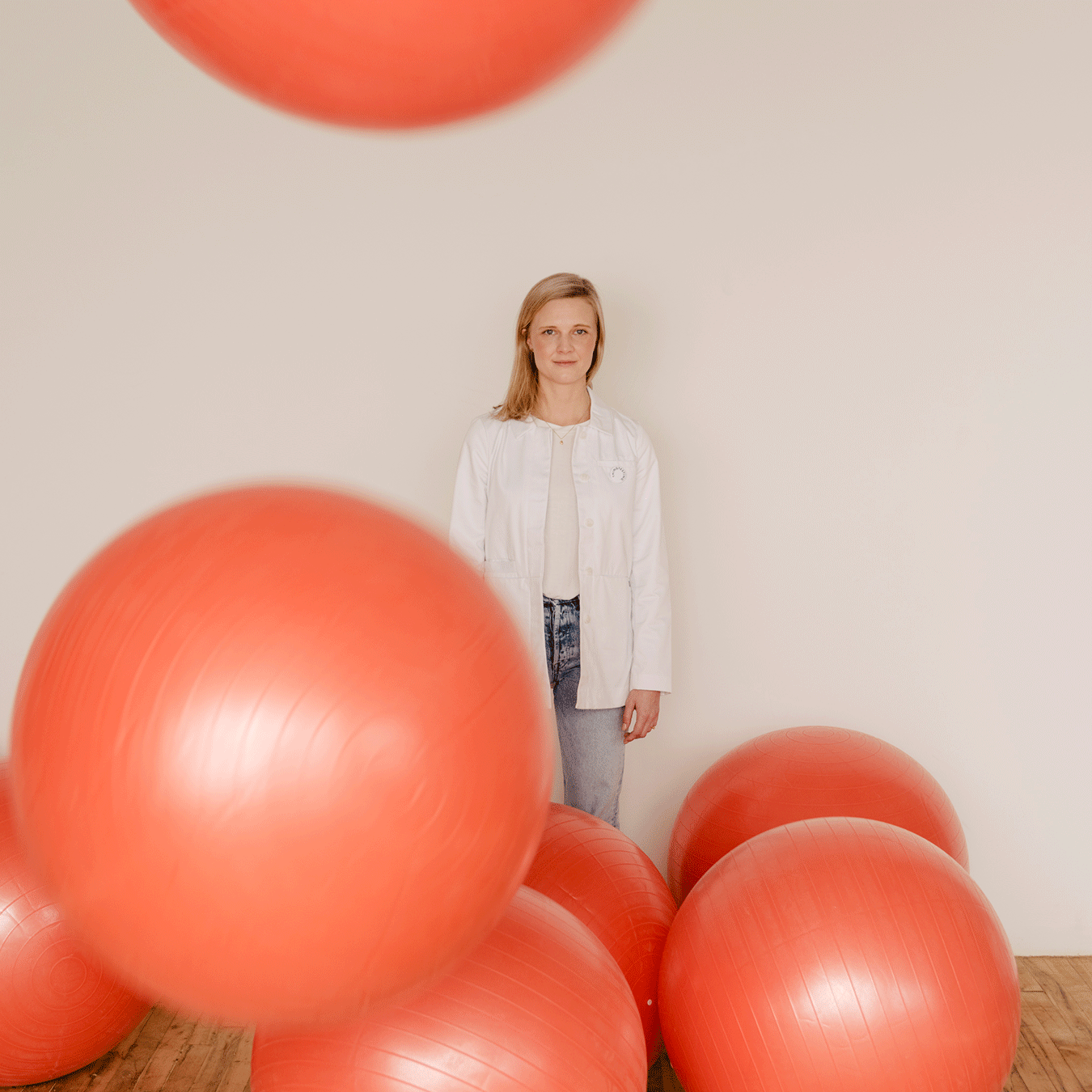Should You Buy That? Thingtesting Has the Answer.
In an era dominated by online shopping, dubious influencer endorsements, and trendy, direct-to-consumer gear, it’s harder than ever to know who to trust. Jenny Gyllander, the mind behind the product-review Instagram account @thingtesting, is here to cut through the noise.
New perk: Easily find new routes and hidden gems, upcoming running events, and more near you. Your weekly Local Running Newsletter has everything you need to lace up! .
Jenny Gyllander spent the summer of 2019 covered in bug spray. As the creator of the review company Thingtesting, Gyllander had scored an early sample of a new outdoorsy personal-care brand called . She’d already researched Kinfield’s mission and sustainability practices, interviewed the founder, and shot photos of the products at her studio in Helsinki. The only step left was to thing-test—her term for evaluating a product—its deet-free repellent.
“I’m not a person who would wear mosquito repellent for a night on a New York terrace, so I did it my way,” she tells me. “I used it specifically in outdoor settings for a month during the summer, from Finland���ٴ� North America. I try to integrate the products into my life and not hysterically try them over 24 hours. That’s the fairest way to assess, Do I need this?”
That candid tone is what Gyllander’s fans have come to expect from , a review platform that as of this writing, but not for long, exists only on Instagram. The @thingtesting grid is filled with medium-shot photos of protein cereal, Veja sneakers, and bars of shampoo in plastic-free packaging, accompanied by analysis of each product in the caption. Part of her review for the repellent : “I like that Kinfield added their ingredient list to the bottle, which otherwise isn’t mandatory for repellents regulated under the Environmental Protection Agency.”
Thingtesting, as 29-year-old Jenny (pronounced “yenny” in her native Finnish) frequently describes it, aims to be the millennial Consumer Reports. She discovers interesting products and reviews them honestly. It’s a simple proposition, but in a market saturated with paid influencers and mislabeled branded content, it has earned Thingtesting more than 42,000 followers, some of whom pay a premium for additional content, and one of whom is Natalie Portman. Thingtesting’s target readers are the type of that marketing firms spend billions trying to woo. According to Gyllander, her audience doesn’t want to impulse-buy products algorithmically served to them between wedding photos. Instead, they try to make responsible purchasing decisions with an understanding of a product’s efficacy and the brand’s sustainability practices, funding structure, and place in the market. Gyllander calls this consumer attitude the curiosity factor.
Aside from Portman, the most powerful Thingtesting followers are investors who you may not have heard of unless you’re a recent MBA graduate. Gyllander spent her midtwenties working at Backed VC, a London venture-capital firm that funds the type of excruciatingly millennial startups whose products she would later go on to review. With Thingtesting’s help, these companies and the investors who fund them are determining what our gym bags, grocery carts, and skin-care shelves will look like in the future.
Thingtesting specializes in contemporary brands geared toward young shoppers, brands that tend to bypass traditional retailers and sell directly to consumers. There’s a disproportionate amount of Helvetica and pastel. From ���ٴ� , most of the more than 100 products Gyllander has reviewed feature a minimalist design and look like things you’d find in the same Brooklyn concept store. About half of them fall into the gear, wellness, or sustainable-living space; she often highlights the type of innovative running shoes or personalized vitamins that may already be in your backpack. (Especially if that backpack is Fjällräven.) Many of the other products have likely come across your radar, because brand strategists and marketing directors design them to appeal to a specific base of conscious consumers. If an item isn’t on your wish list already—say, an affordable cashmere sweater or a notebook made from stone paper—it may be after a scroll through the grid, especially if you’re between the ages of 18 and 35.
Gyllander photographs each product on a piece of white paper and photoshops a pale background underneath. This friendly aesthetic has come to symbolize the Instagram era, just as hot pink and triangles typified design in the eighties. Recently, Gyllander decided that Thingtesting’s appearance is a little too tied to our current moment and is now working on a rebrand. For now, the contents of the Thingtesting grid might remind you of a posh general store: you may not need anything, but it feels soothing to walk in and poke around.













